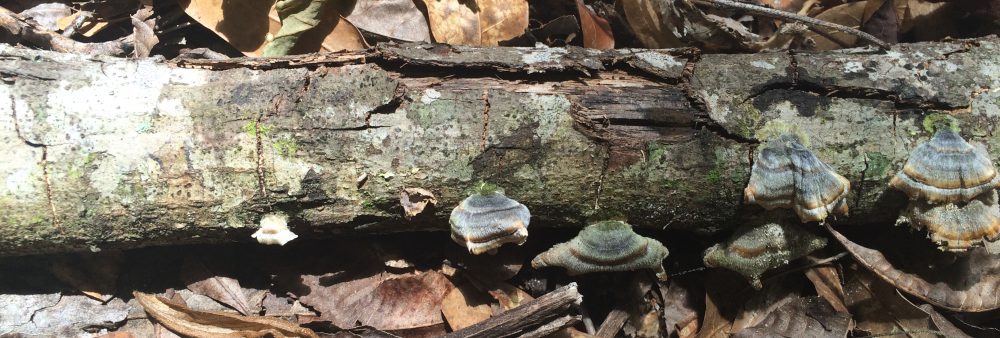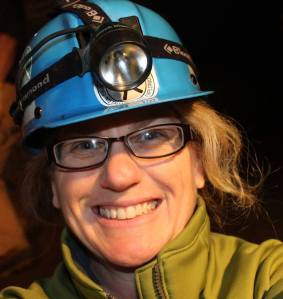Dr. Tanya M. Peres, RPA
Associate Professor of Anthropology
Director, Maritime Woodland along the Florida Gulf Coast
I received my BA (1995) and MA (1997) in Anthropology at Florida State University and my PhD (2001) in Anthropology from the University of Florida. Immediately following graduation in August 2001, I moved to Lexington, Kentucky to work at the University of Kentucky. While at UK I was an Assistant Director of the Program for Archaeological Research and an Adjunct Assistant Professor in the Department of Anthropology (2001-2005). I was a member of the Sociology and Anthropology faculty at Middle Tennessee State University from 2005-2015 (and Director of the Anthropology Program from 2014-2015). In August 2015, I left MTSU to become an Associate Professor of Anthropology at Florida State University in Tallahassee, Florida.
I am a Registered Professional Archaeologist since 2001 and have over two decades of field and lab experience on academic and applied prehistoric and historic archaeological projects across the Southeastern United States, Panama, Mexico, and Scotland. I am interested in the relationships between humans and their environments, and humans and animals – especially in terms of subsistence and how animals were incorporated into the native worldview. As a zooarchaeologist I collaborate on numerous projects with local, state, and federal agencies, non-profit organizations, and Cultural Resource Management (CRM) firms. I research and publish on zooarchaeological topics ranging from ancient and historic subsistence practices to the use of animal bone and teeth implements in indigenous tattooing traditions to the symbolic power of animals in native cosmologies, medicine, and spiritual practices.
In 2010 I (along with Aaron Deter-Wolf and Shannon Chappell Hodge) was awarded an NSF RAPID grant, RAPID: Emergency Shoreline Assessment and Sampling of Archaeological Sites along the Cumberland River in Middle Tennessee, to assess the natural and anthropogenic damage to archaeological sites along the middle Cumberland River following the May 2010 floods in Nashville, Tennessee. This grew into the MTSU Middle Cumberland Archaeology Project, which is an on-going collaboration between FSU, the Tennessee Division of Archaeology, and several other local, state, and federal agencies, and private landowners to investigate and preserve ancient sites along the middle portion of the Cumberland River east and west of Nashville.
I have worked at a variety of sites across the Southeast while employed by CRM firms, the University of Kentucky’s Program for Archaeological Research, and the National Park Service’s Southeastern Archeological Center. My publication record includes articles in Historical Archaeology, Tennessee Archaeology, Southeastern Archaeology and Current Research in the Pleistocene, as well as two books Integrating Zooarchaeology and Paleoethnobotany (co-edited with Amber VanDerwarker) and Trends and Traditions in Southeastern Zooarchaeology (editor), a guest co-edited issue of Tennessee Archaeology, numerous chapters in edited volumes, and as author or co-author of over 30 technical reports.
I have been the recipient of several research grants and awards from the Royal Society of Edinburgh International Scholar Exchange Fellowship, the Charles H. Fairbanks Award (University of Florida), a Smithsonian Tropical Research Institute Fellowship, National Science Foundation, and the Tennessee Historical Commission. In addition to being active in research and teaching I hold, or have held, positions in the Tennessee Council for Professional Archaeology, Kentucky Organization of Professional Archaeologists, Southeastern Archaeology Conference, and Society for American Archaeology.
I consider myself a third generation southeastern zooarchaeologist. I began my zooarchaeology career in 1994 as a student of Dr. Rochelle Marrinan at Florida State University (FSU). Dr. Marrinan (or Dr. M as we all referred to her) was a student of Dr. Elizabeth Wing at the University of Florida (UF) in the 1970s. During my years at FSU (where I received both a B.A. and M.A. in Anthropology) Dr. M. mentored and taught me, and scores of other undergraduate and graduate students, the rigors of taxonomic identifications and zooarchaeological data analyses and interpretations, just as she was mentored and taught by Dr. Wing. During that first zooarchaeology course we students were assigned our very own faunal assemblage to analyze. The assemblage was excavated in the 70s at the Snow Beach Site, a Swift Creek Period shell midden. My thesis focused on the non-megafauna recovered from the Bolen level at the Page-Ladson site in Jefferson County.
In 1997, after receiving an M.A. in Anthropology at FSU, I moved south to Gainesville to begin work toward a doctorate in Anthropology, emphasis in Zooarchaeology, guided in part by Dr. Wing. While my actual dissertation focused on a site in Panama, I never strayed far from the Southeastern US. While in Panama I applied the field and lab methods I learned at FSU and UF to my PhD research of a Preceramic coastal shell midden. When analyzing the faunal assemblage for my dissertation I relied on the Zooarchaeology comparative collection and the expertise of Dr. Wing and Dr. Richard Cooke (Smithsonian Tropical Research Institute) to identify difficult specimens. During my time at UF I worked at the Florida Museum of Natural History on several faunal assemblages from southeastern projects including: Aucilla River Prehistory Project (Vertebrate Paleontology Range), Everglades National Park Environmental Reconstruction (EA Range), and Snake Island Zooarchaeological Analysis (EA Range).
I am so pleased to once again be a part of the FSU community — I enjoy teaching and mentoring undergraduate and graduate students, and working with my very talented and supportive colleagues in the Department of Anthropology. I am excited about working on Woodland Period Maritime sites along Florida’s Gulf Coast in cooperation with a number of state and federal agencies and private organizations.

